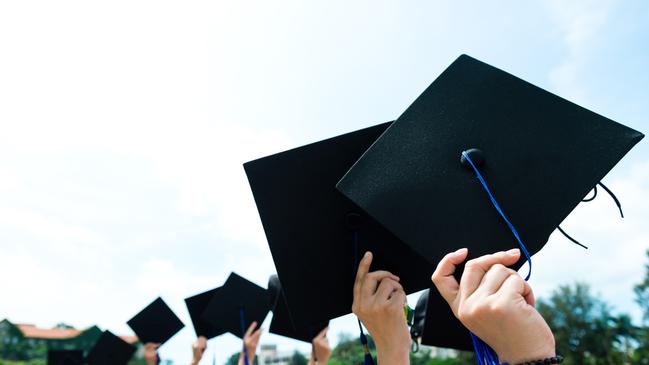Coronavirus: Time to court overseas students

As nations open up, the market to attract foreign students will be more competitive because family budgets have suffered in the economic fallout of coronavirus. But to our advantage, lifestyle and wellbeing are important factors in determining where overseas students apply. As industry leader Phil Honeywood said last week, Australia has a chance to gain a “first-mover advantage” for its $40bn-a-year export industry if state governments unite to restart entry of international students. Mr Honeywood is chief executive of the International Education Association of Australia and chairman of the joint government-industry taskforce on the education sector’s pandemic response.
The issue is crucial for universities’ budgets. Universities Australia estimates its members will lose up to $4.6bn this year as a result of the virus, leading to the loss of 21,000 full-time academic, research and administrative jobs, Tim Dodd has reported. Despite the prospective losses as institutions put their houses in order, about 80 per cent of the international students who normally come to Australia in the first half of the year are here and studying, Scott Morrison told the National Press Club on Tuesday. “The way it’s talked about, you’d think they weren’t,’’ he said.
Universities are understandably concerned about an additional 90,000 students who, in a normal year, would be arriving to study in the second semester or third trimester. But as Dodd has reported, the NSW, Victorian and South Australian governments, as well as the Group of Eight universities, have put together proposals to reopen Australian borders to limited numbers of overseas students in coming months as a precursor to drawing larger numbers in time for the first semester next year. But the Queensland and West Australian governments — facing elections in October and next March respectively — have steered clear of such efforts, in keeping with their inward-looking attitudes to battening down state borders. They need to look beyond narrow, perceived populism.
The Go8 has proposed a “secure corridor” plan under which incoming students would be subject to self-funded quarantine. Universities also have capacity, through residential colleges and other student housing, to help arriving students with quarantine, especially in the mid-year vacation.
Revitalising international education is crucial to Australia’s economic recovery from COVID-19. After resources, it is the nation’s largest export earner. University, TAFE, college and English-language students from overseas spent $40bn in Australia last year, including fees. The Prime Minister has pledged to work with the sector. The time is right for governments and universities to press the advantages of what Australia offers, including a healthy environment.


As universities set about offsetting their revenue losses from the impact of COVID-19 on international student numbers, they have an opportunity to capitalise on the silver lining the virus affords. The announcement by Cambridge University that it had suspended face-to-face teaching until the start of the 2021-22 academic year in September next year was a reminder that the pandemic has wreaked much greater damage in the UK and the US than here. Australia’s success in dealing with the coronavirus should be attractive to prospective students looking for a safe, healthy environment.